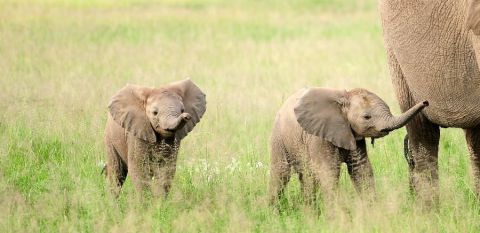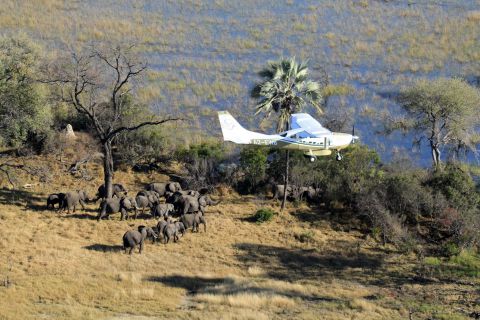Posted: September 15, 2016
Engineering Africa’s Landscapes
Every species has a role in its ecosystem, whether it decomposes rotting trees, hunts as the apex predator, or keeps soil porous while tunneling. But some species are special – the impacts they have on their environment far outweighs their population size. In other words, there may not be many of them, but the ecosystem and its myriad other inhabitants couldn’t function without them. Such animals are called ecosystem engineers. Just like our engineers, they alter the physical structures of the ecosystem, thus creating habitat niches for countless other creatures. Throughout Africa’s diverse ecosystems, elephants take on this important role. They spread seeds far and wide; knock down trees to form habitats for ground dwellers; dig into the earth to create water holes; fertilize the flora with their mineral-rich dung; and carve pathways through dense vegetation to open up the bush for other animals. Elephants are the beating heart of Africa’s vast, dynamic wilderness. In short – Africa NEEDS elephants. Unfortunately, elephant populations have been undergoing drastic declines over the past century.
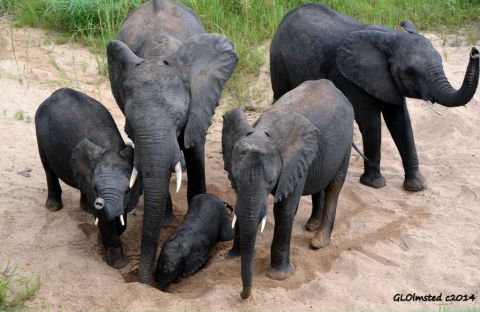
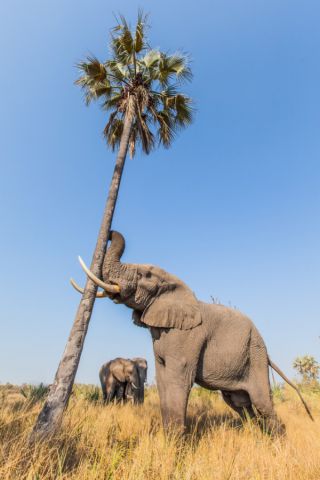

The Great Elephant Census
Whenever conservationists would cry for attention on the dire state of Africa’s elephants, governments would shrug off the problem. ‘It’s impossible to get a real reading on the problem.’ ‘Nobody really knows how many elephants there are.’ ‘Elephants? They’re fine! Just ask the rural farmers.’ ‘Who cares? They’re just elephants.’ Without any solid evidence, there was no way to make people care. Two years ago, philanthropist and business magnate Paul G. Allen set out to change that.

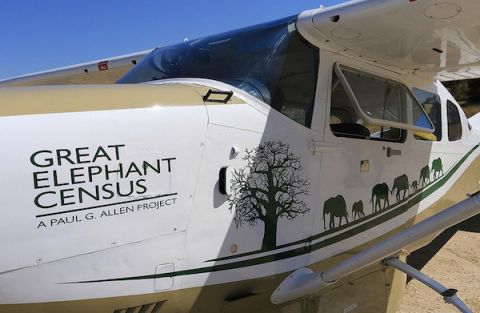
To get a better idea of where Africa’s elephant population stood, researchers undertook a Pan-African survey. Never before had a census this expansive, this thorough, this challenging been attempted. Many said it was impossible, that it would fail – but perseverance and meticulous planning prevailed. Over two years of dedication and countless hours of manpower, this ambitious project took flight. The census consisted of aerial surveys that covered 345,000 square miles in 18 countries across Africa. Each crew followed strict research protocols to ensure the data collected was both high quality and consistent. Thanks to their efforts, the a much clearer image of Africa’s elephants emerged.
Many regions revealed heavy losses – the result of poaching, culling, and habitat loss. Fortunately, several areas showed stable populations and even improvements. Among the countries doing a good job protecting their elephants are Botswana, South Africa, Kenya, and Uganda. The heaviest poaching was in Tanzania and Mozambique. Other countries, notably Zimbabwe and Zambia, showed wide internal variation between declining and thriving populations depending on the type of land management. Such variation indicates that while some areas are being well-conserved, others are still tragically at the whim of poachers.
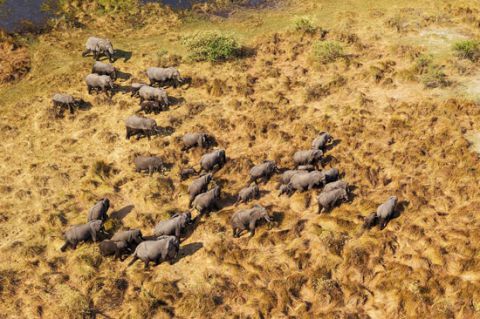
Overall, a total of 352,271 elephants were counted during the survey. Sadly, 15 of the 18 countries showed a whopping 30% decline between 2007 and 2014 (that’s 144,000 beautiful elephants lost forever). Currently, the rate of decline is 8% per year mostly due to poaching, with the rate increasing each year. While 84% of the elephants were in protected areas, there were still many carcasses within the national parks, implying they’re struggling regardless of location.
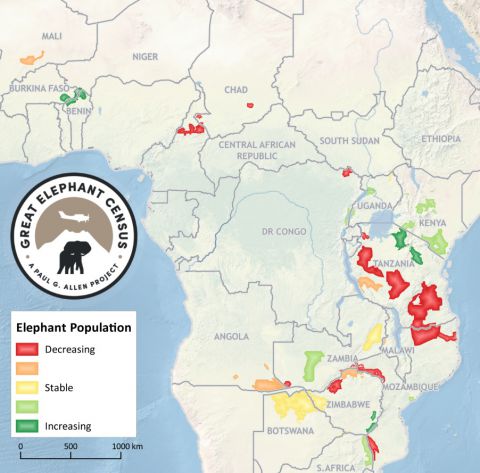
Moving Forward
Having cold, hard facts certainly makes the stark situation harder to deny. Hopefully now that the information is out there, governments will start conserving better. No longer can they feign ignorance and turn their backs. More stringent protection laws, increased funding for ranger programs, cracking down on the legal and illegal ivory trade, and better support for conservation researchers – these are just a few of the ways governments can help save Africa’s elephants. It’s not too late and thanks to the efforts of Paul Allen and his dedicated team, we now have an arsenal of information to fight for the future of these beautiful creatures. As ecosystem engineers, Africa’s landscapes will change forever if elephants go extinct. Protecting elephants means protecting Africa’s wonderful, wild heart.
